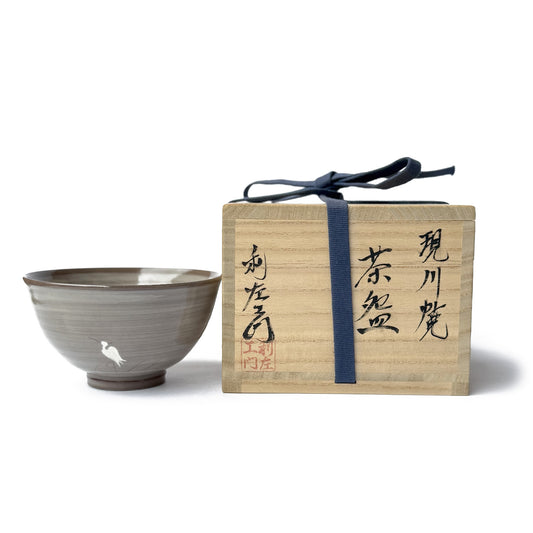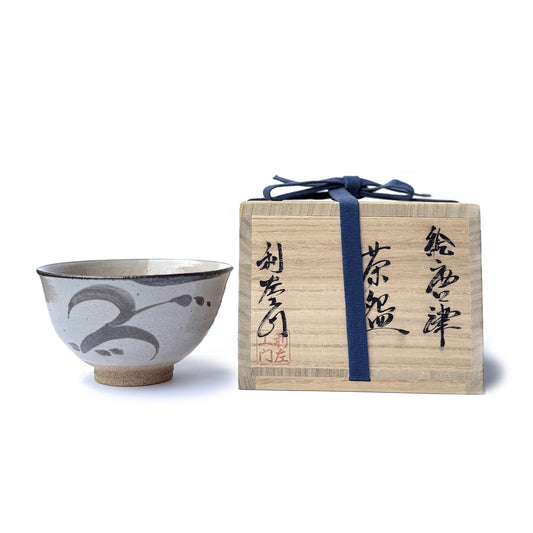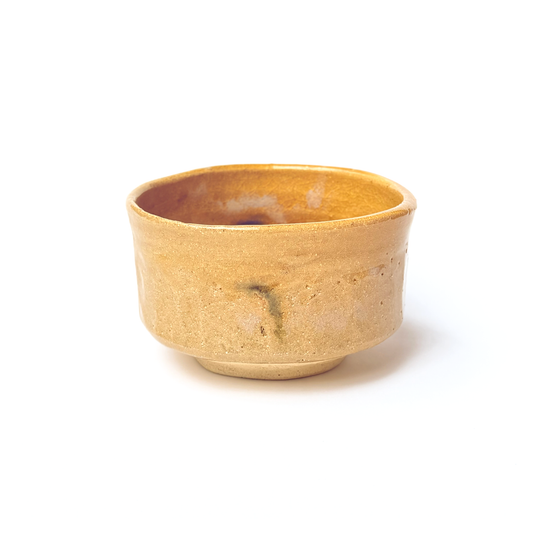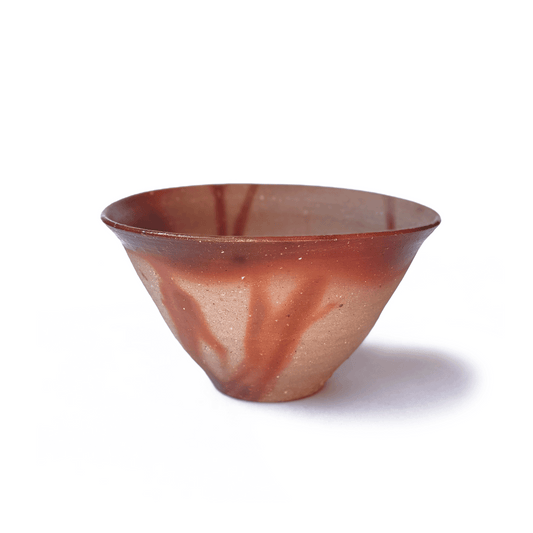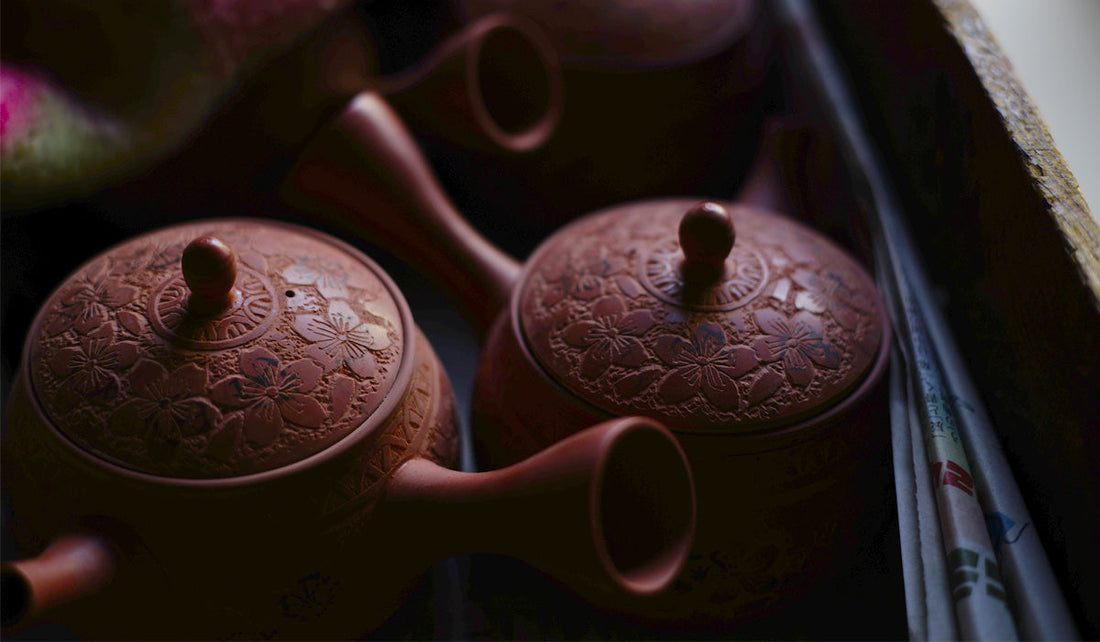
Tokoname-yaki: Guide to Japan's Iconic Kyūsu (Teapot)
Share
Tokoname-yaki (常滑焼) is the beating heart of traditional Japanese tea culture. Revered worldwide, its signature teapots, known as kyūsu, are celebrated for their distinctive beauty and their unique ability to enhance the flavour of tea.
Tokoname-yaki: Origin and History of an Ancient Japanese Kiln
Where Is Tokoname-yaki From?
Tokoname-yaki comes from Tokoname City in Aichi Prefecture, on Japan’s central coast. As one of the Six Ancient Kilns of Japan (Rokkoyō), Tokoname boasts a continuous pottery history spanning more than 900 years. The area's abundant, high-quality clay made it a center of ceramic production as early as the Heian period (794–1185). While initially known for large storage jars and utilitarian wares, the focus shifted dramatically as Japanese tea culture flourished. Tokoname artisans began specializing the side-handled teapot, the yokode kyūsu, became their iconic hallmark.
The Magic of Tokoname Clay
The defining feature of Tokoname-yaki is its unique clay, known traditionally as Shudei (朱泥), or red clay.
Tea-Enhancing Clay: This clay is exceptionally rich in iron minerals, which naturally gives it a deep, reddish-brown tone. It requires no glaze to achieve its warm, earthy finish. More importantly, the high iron content in the clay is believed to slightly alter the water's mineral composition. This subtle interaction is said to reduce the bitterness and enhance the umami in delicate Japanese green teas like Sencha and Gyokuro, making the wares especially prized by connoisseurs.
While some modern Tokoname pieces feature experimental glazes, the most traditional and revered teapots are left unglazed, allowing the clay's special properties to fully interact with the tea.
Why Tokoname Kyūsu Are Famous
- Tea-enhancing clay: Iron-rich clay refines water, enhancing umami in green tea
- Built-in filters: Fine clay sieves catch tea leaves for a clean, smooth pour
- Functional beauty: Tokoname teapots balance practical use with wabi-sabi aesthetics
- Ease of pouring: Side handles allow for graceful, one-handed serving
This combination of practicality, natural beauty, and tea-enhancing qualities made Tokoname the go-to region for high-quality Japanese teapots.
Shop Our Tokoname Handmade Teapots >>
Tokoname-yaki Today: A Living Tradition
Even today, Tokoname remains the center of kyūsu production in Japan. Master potters continue to shape teapots by hand, passing down techniques through generations.
Techniques like Mogake (藻掛け), where seaweed is wrapped around the pot before firing to create intricate, patterned effects, showcase the blend of natural materials and masterful artistry. At the same time, younger artists experiment with new forms and glazes, proving that Tokoname-yaki is both timeless and evolving.
For tea drinkers around the world, a Tokoname kyūsu is more than a teapot—it’s a connection to centuries of tradition, crafted from the very earth of Tokoname.
Discover the Art of Tokoname-yaki with POEMS Tea Atelier
We are proud to source authentic Tokoname-yaki kyūsu directly from skilled artisans, including pieces by reputable traditional craftsmen. Each piece embodies the harmony of clay, fire and tea culture.
Explore our curated collection and find the perfect kyūsu to elevate your daily tea ritual.


